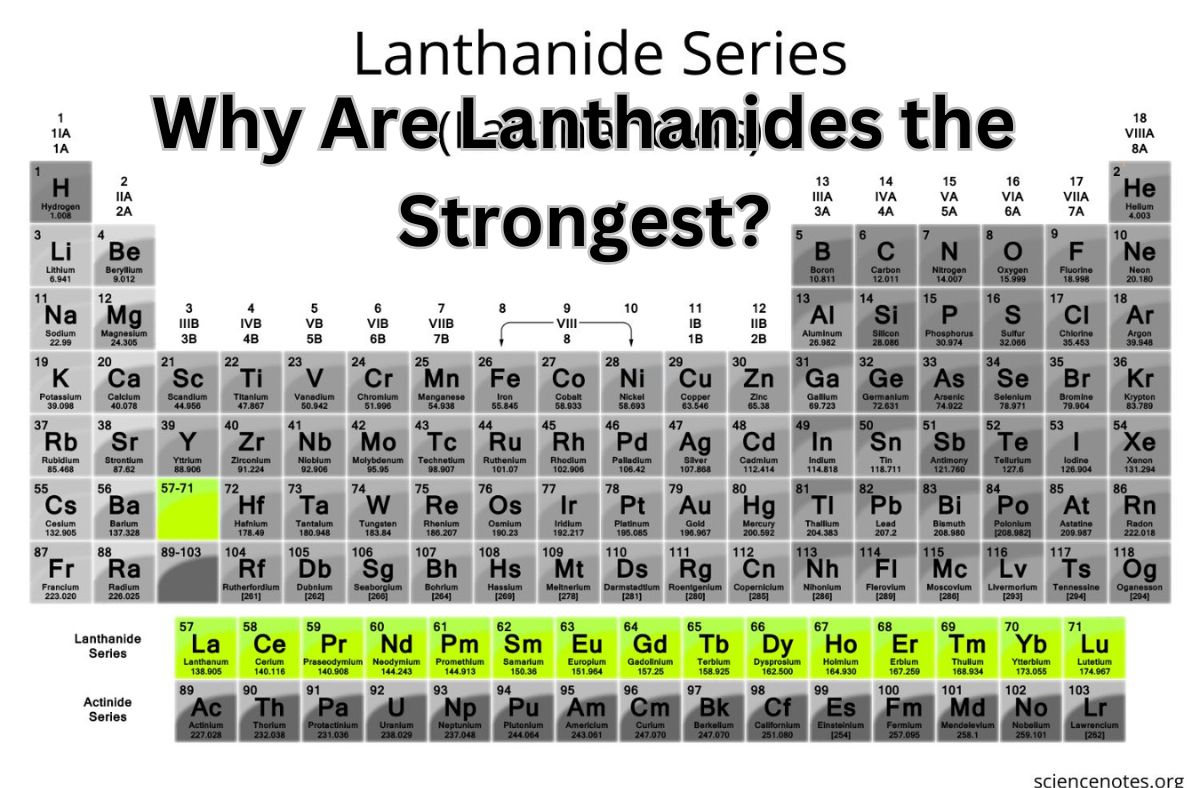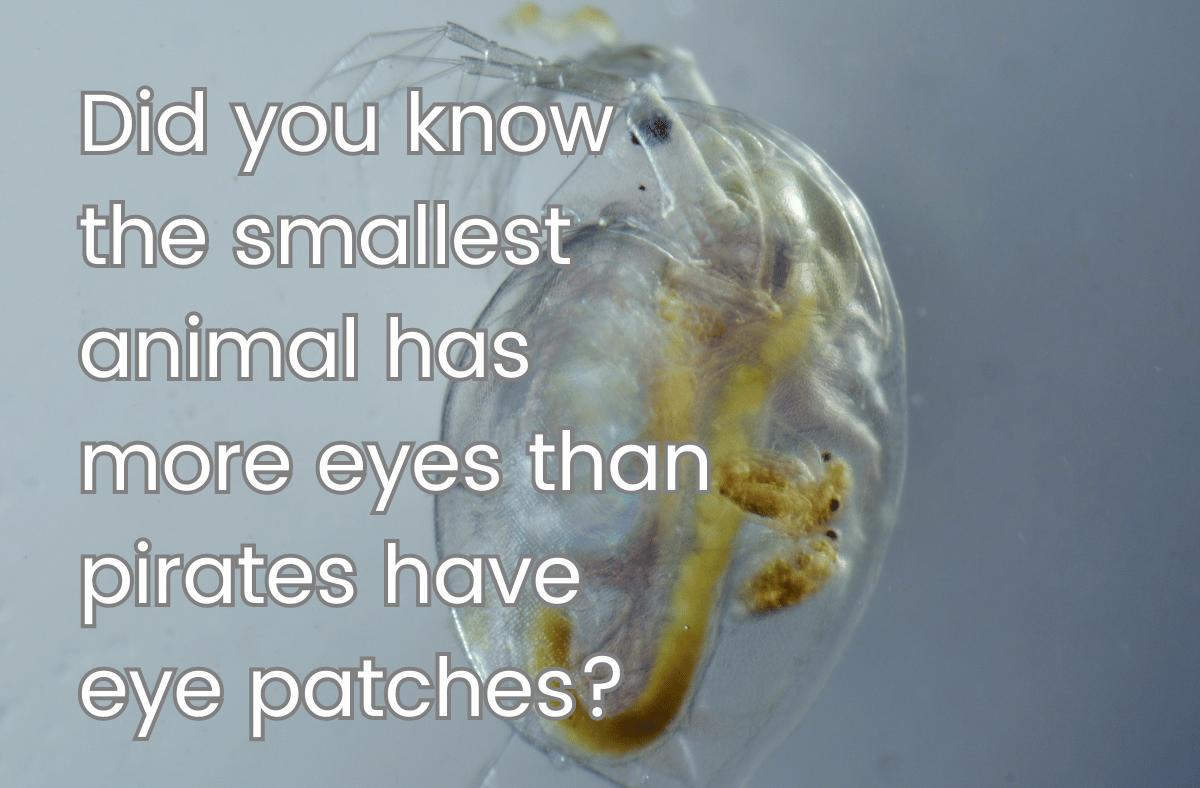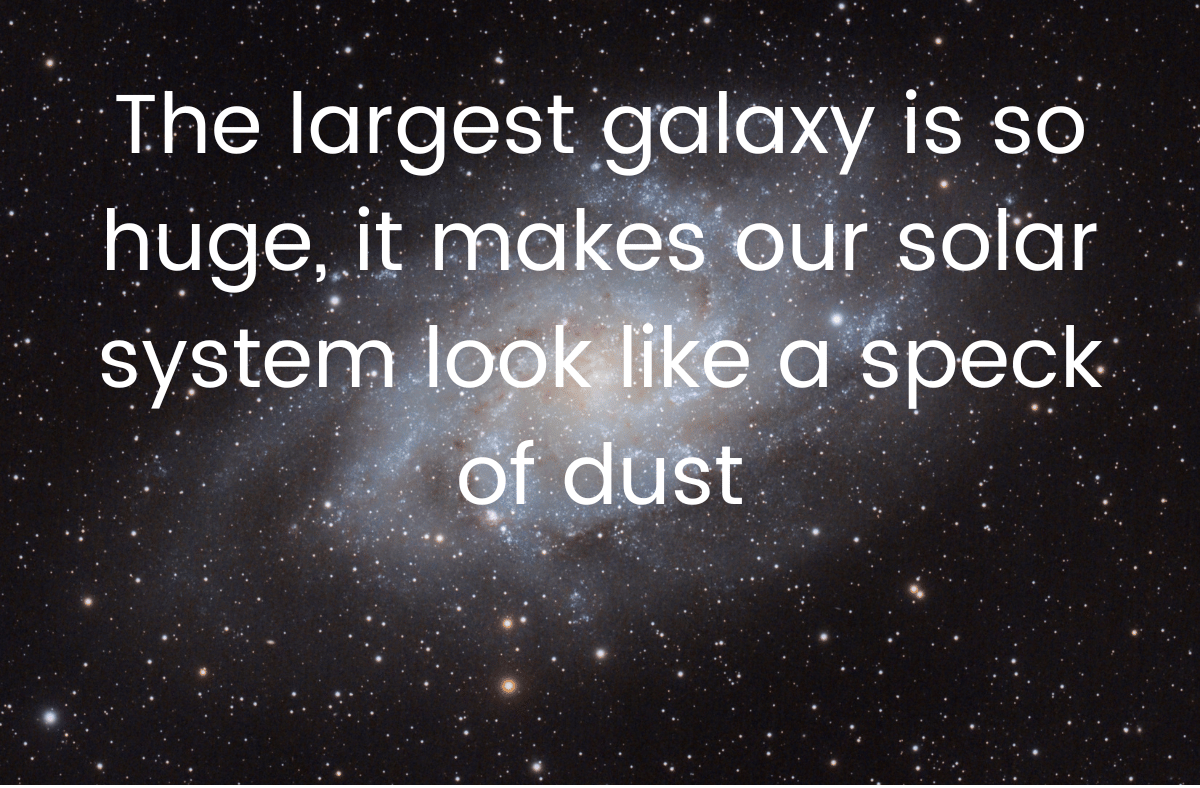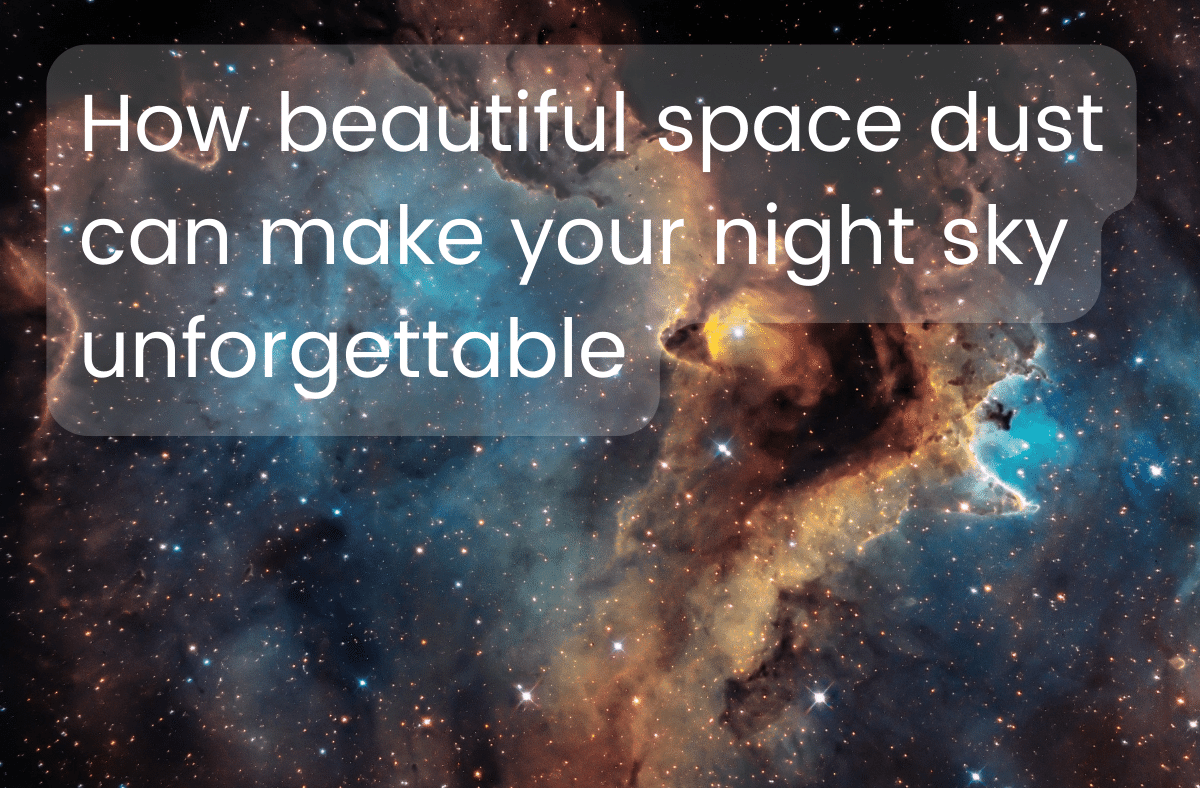For those in a hurry
- The Milky Way and Andromeda are the two largest galaxies in the Local Group.
- They are moving towards each other at about 110 km/s due to gravity.
- They will collide in about 4.5 billion years and merge into a new galaxy called Milkomeda.
- The stars are so far apart that they will not crash into each other, but some may be ejected from the new galaxy.
- The sun and the Earth will survive the collision, but they may end up in a different location in the galaxy.
How do we know this?
- Astronomers used the Hubble Space Telescope to measure the motion of Andromeda relative to hundreds of distant background galaxies.
- They found that Andromeda is moving southeast in the sky at less than 0.1 milliarc-seconds per year, which means it is heading straight for us.
- They also used computer simulations to predict how the collision will unfold over the next several billion years.
What will it look like?
- The collision will be a spectacular show in the night sky, but it will take a long time to complete.
- As Andromeda gets closer, it will appear larger and larger, eventually filling the whole sky.
- The two galaxies will twist and distort each other with tidal forces, forming long streams of stars and gas.
- The galactic cores will pass through each other, then swing back and forth until they settle into a new center.
- The new galaxy will be an elliptical shape, unlike the spiral shapes of the original galaxies.
Why should we care?
- The collision of the Milky Way and Andromeda is a rare and fascinating event that reveals the nature of galaxies and their evolution.
- It also shows us how small and fragile we are in the vastness of space and time.
- It reminds us that nothing lasts forever, not even the stars and planets we call home.
- But it also gives us hope that life can endure and adapt to cosmic changes, as long as we don’t destroy ourselves first.






















